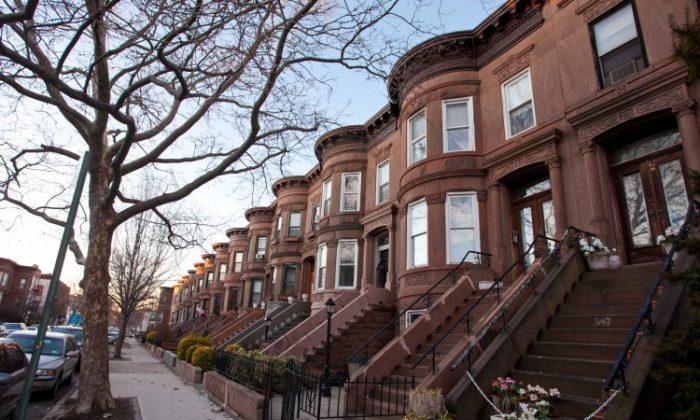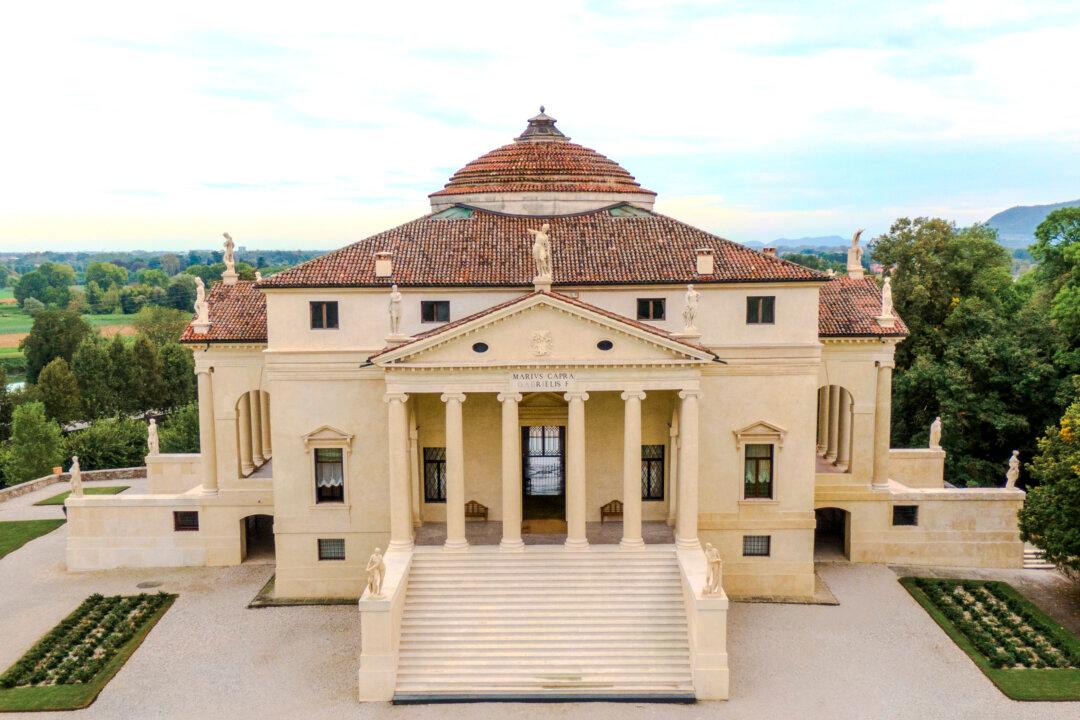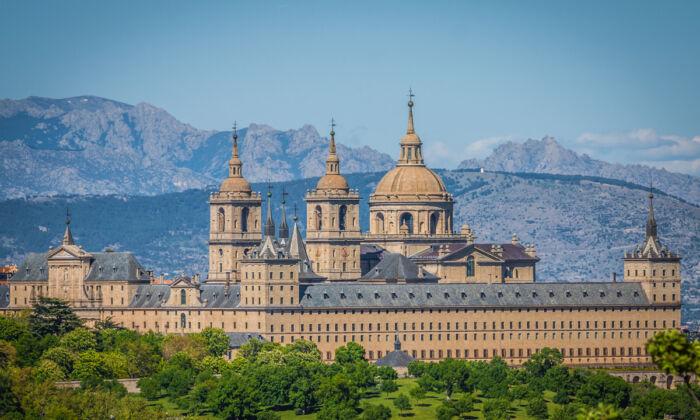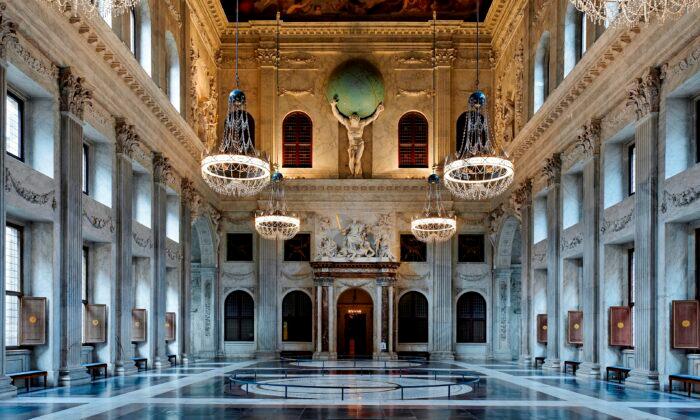NEW YORK—Historic building restoration can and should include energy-efficient measures, according to a new guide released by The Municipal Art Society of New York (MAS).
The free digital guide was put together for owners of pre-1940 row houses throughout the five boroughs, with help from the New York City Landmarks Preservation Commission.
Covering issues from weatherproofing and insulation to green roofs and solar panels, the Greening New York City’s Historic Buildings: Green Rowhouse Manual offers ideas for different budgets, while providing information about regulatory obligations and government incentives.
“The guide will go a long way toward building a more sustainable city,” MAS President Vin Cipolla said in a release.
Basic improvements suggested by the guide include reducing drafts in your home by sealing holes around pipes, sealing basement walls, and reducing heat loss through chimneys. In addition, more efficient forms of lighting can also minimize energy use all year round.
More complex improvements include upgrading to a cleaner burning fuel, installing basement and roof insulation, solar powered water heating systems, or vegetated roofs.
Energy use in buildings accounts for 75 percent of the city’s greenhouse gas emissions, according to the mayor’s PlaNYC initiative website. PlaNYC is a citywide initiative aiming to cut the greenhouse gas emissions 30 percent by 2030.
Approximately 55 percent of New York City’s buildings were built prior to 1940, with 75 percent of those under 50,000 square feet located in Queens and Brooklyn, according to the New York City Planning Commission.
The new manual is available for free online through the Municipal Art Society’s website.
The Epoch Times publishes in 35 countries and in 19 languages. Subscribe to our e-newsletter.
Please send news tips to [email protected]









Friends Read Free